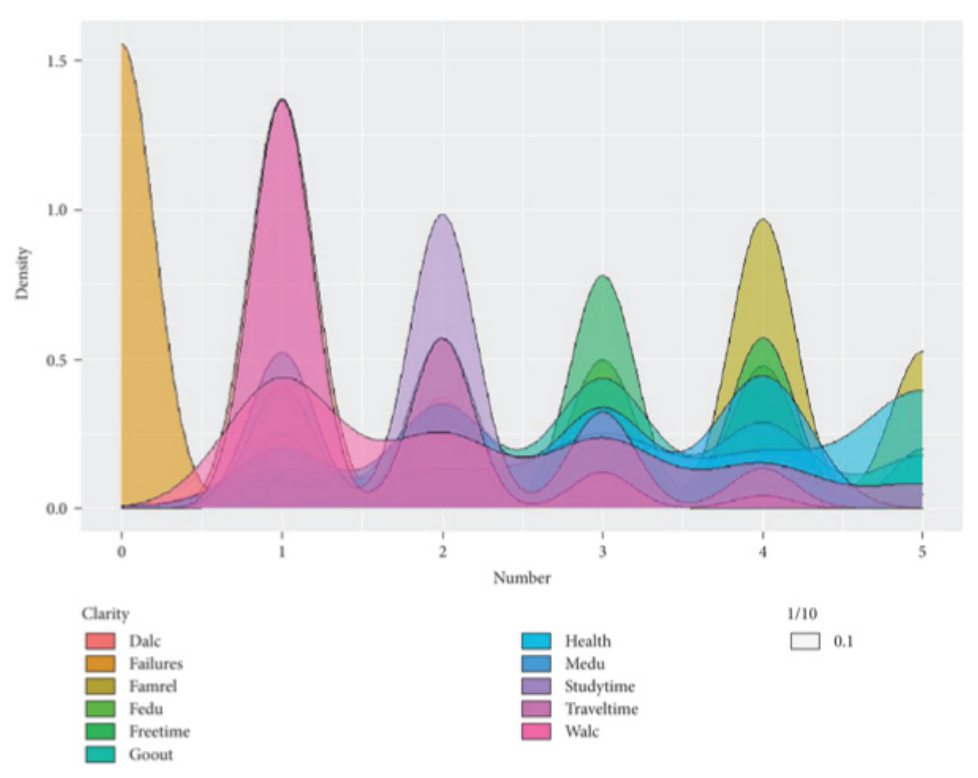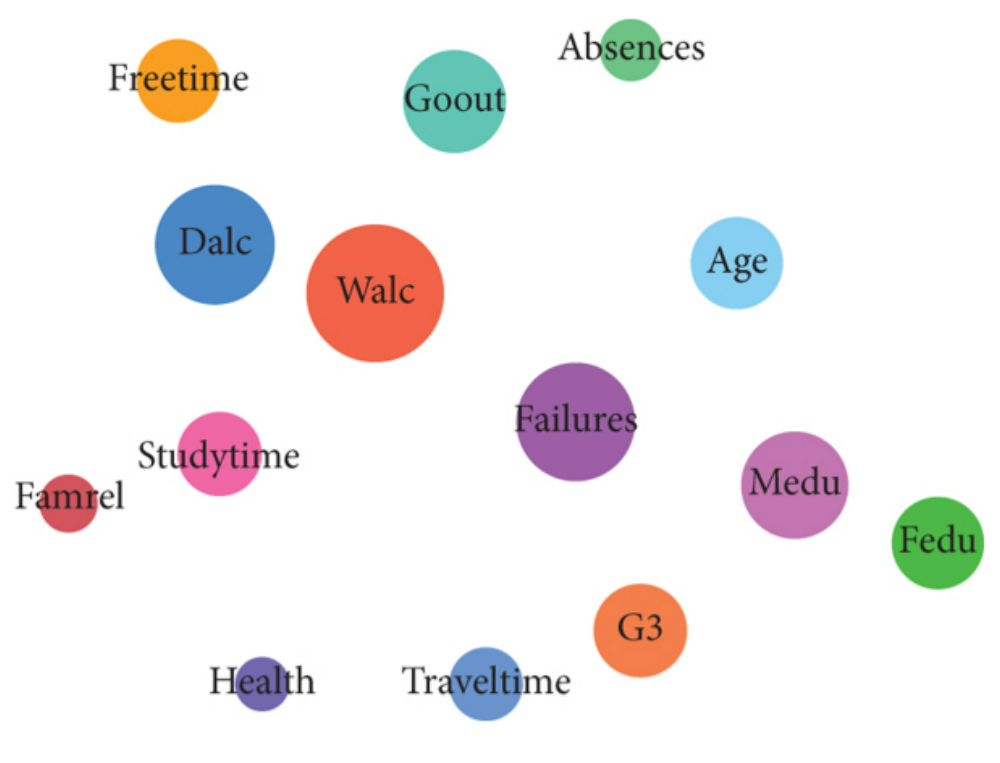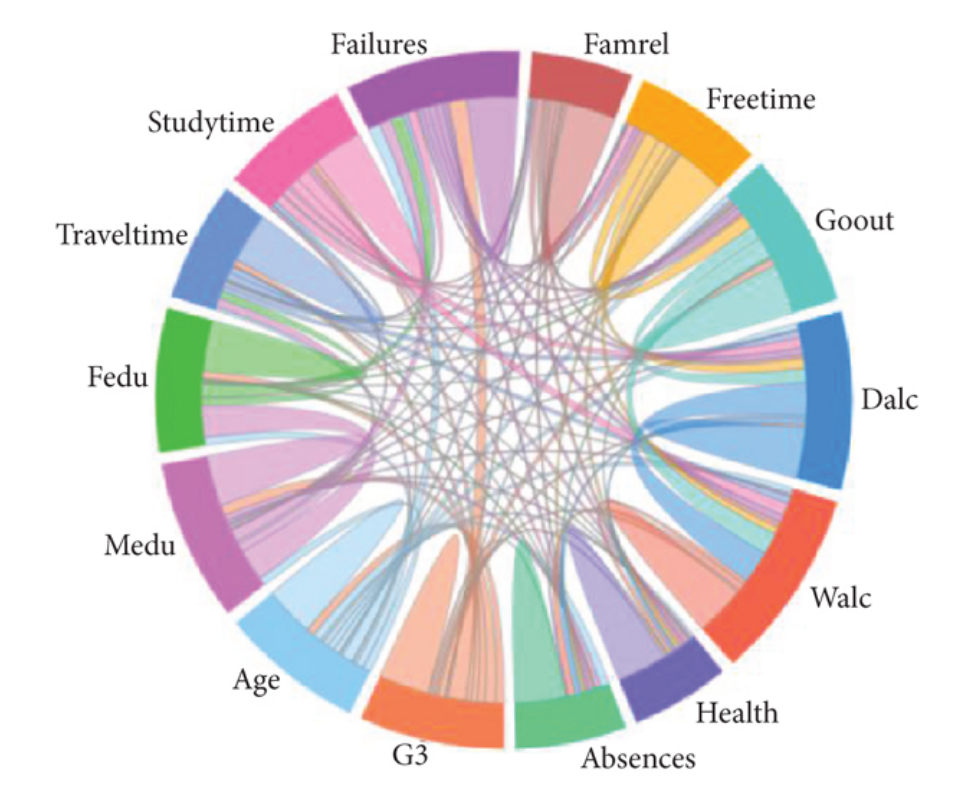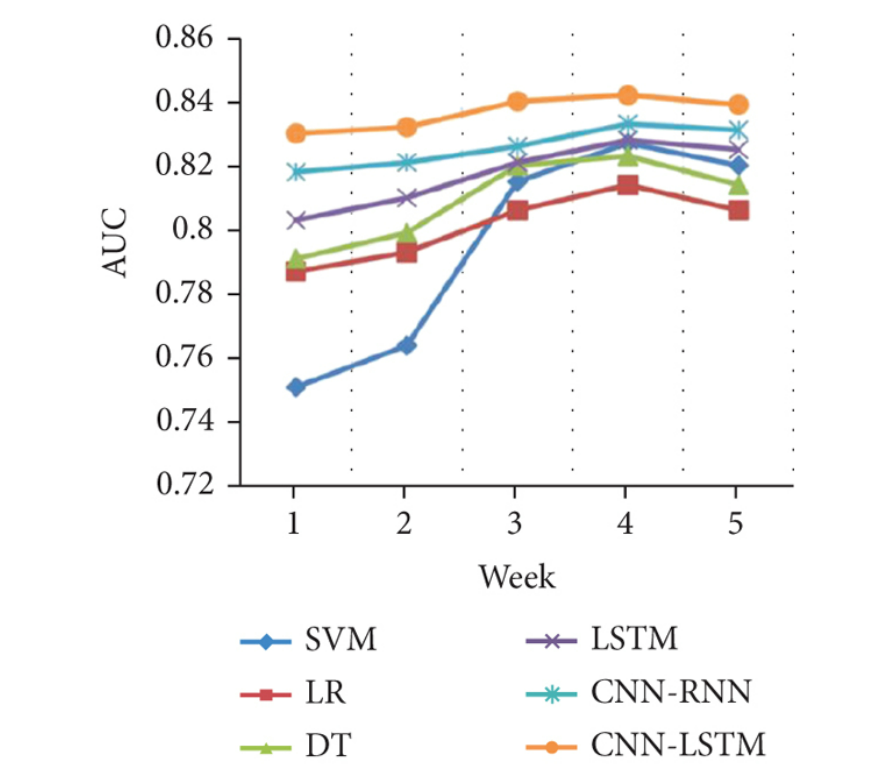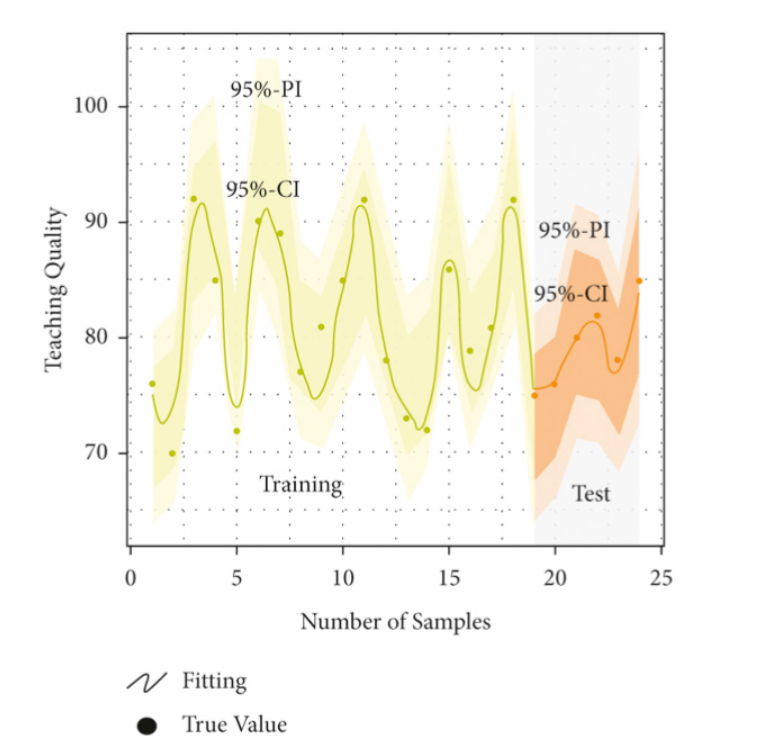 An open access journal
An open access journal
The Role of Arts Education in Fostering Social and Emotional Learning: Building Resilience, Empathy, and Cultural Competence
Abstract
This paper investigates the role of arts education in fostering social and emotional learning (SEL) and its impact on building resilience, empathy, and cultural competence among students. Drawing on literature from education, psychology, and SEL, the paper examines how arts-based activities and experiences can support the development of students' social and emotional skills. It discusses the unique affordances of the arts in promoting self-awareness, self-expression, and self-regulation, and explores how engagement with the arts can enhance interpersonal relationships and empathy towards others. The paper highlights the importance of culturally responsive arts education practices that honor students' diverse identities, backgrounds, and experiences, and discusses the potential of the arts to serve as a vehicle for understanding and bridging cultural differences. Through case studies and examples, the paper showcases successful SEL interventions in arts education settings, such as arts-based conflict resolution programs, restorative justice practices, and community arts initiatives. Additionally, the paper addresses challenges such as resource constraints, assessment practices, and the need for sustained professional development in integrating SEL into arts education curricula. It concludes by advocating for a holistic approach to arts education that prioritizes the social and emotional well-being of students and promotes empathy, resilience, and cultural understanding as essential outcomes of learning in and through the arts.
Share and Cite
Article Metrics
References
- Brackett, M. A., & Rivers, S. E. (2014). Transformative Social and Emotional Learning: A Framework for the Future. In J. A. Durlak, C. E. Domitrovich, R. P. Weissberg, & T. P. Gullotta (Eds.), Handbook of Social and Emotional Learning: Research and Practice (pp. 591-606). Guilford Press.
- Davis, M. H. (1983). Measuring Individual Differences in Empathy: Evidence for a Multidimensional Approach. Journal of Personality and Social Psychology, 44(1), 113-126.
- Elias, M. J., Zins, J. E., Weissberg, R. P., Frey, K. S., Greenberg, M. T., Haynes, N. M., & Kessler, R. (1997). Promoting Social and Emotional Learning: Guidelines for Educators. ASCD.
- Goleman, D. (1995). Emotional Intelligence: Why It Can Matter More Than IQ. Bantam Books.
- Jennings, P. A., & Greenberg, M. T. (2009). The Prosocial Classroom: Teacher Social and Emotional Competence in Relation to Student and Classroom Outcomes. Review of Educational Research, 79(1), 491-525.
- Schonert-Reichl, K. A., & Lawlor, M. S. (2010). The Effects of a Mindfulness-Based Education Program on Pre- and Early Adolescents’ Well-Being and Social and Emotional Competence. Mindfulness, 1(3), 137-151.
- Weissberg, R. P., Durlak, J. A., Domitrovich, C. E., & Gullotta, T. P. (Eds.). (2015). Handbook of Social and Emotional Learning: Research and Practice (2nd ed.). Guilford Press.

